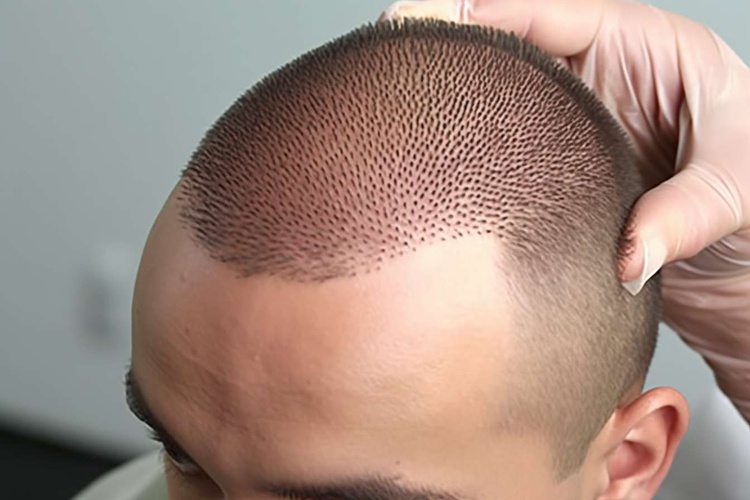What Should You Know About Modern Hair Transplants?
Hair loss can be a distressing experience, affecting self-esteem and confidence. Fortunately, modern hair transplant techniques offer hope for those seeking to restore their hair. This article explores the latest advancements in hair transplantation, providing insights into the process, results, and considerations for those contemplating this procedure.

How Have Hair Transplant Techniques Evolved?
Hair transplantation has come a long way since its inception. The most significant advancement is the shift from traditional strip harvesting to Follicular Unit Extraction (FUE). FUE involves extracting individual hair follicles from the donor area and implanting them into the recipient site. This method results in minimal scarring and a more natural-looking outcome. Another innovation is the use of robotic systems for precise follicle extraction, enhancing the accuracy and efficiency of the procedure.
What Is the Best Hair Transplant Method Available?
While the best method can vary depending on individual needs, FUE is widely considered the gold standard in hair transplantation. Its advantages include minimal scarring, quicker recovery times, and the ability to harvest hair from various body areas. However, the traditional Follicular Unit Transplantation (FUT) method may still be preferable for some patients, especially those requiring a large number of grafts. Ultimately, the best method depends on factors such as the extent of hair loss, donor hair availability, and personal preferences.
How Long Does It Take to See Hair Transplant Results?
Hair transplant results are not immediate and require patience. Typically, patients can expect to see initial growth within 3-4 months after the procedure. However, the full results may not be visible until 12-18 months post-transplant. During this time, the transplanted hair will go through various growth phases, including shedding and regrowth. It’s important to note that individual results may vary, and following post-operative care instructions is crucial for optimal outcomes.
Are Hair Transplant Results Permanent?
One of the most appealing aspects of hair transplants is their permanence. The transplanted hair follicles are typically taken from areas resistant to balding, such as the back and sides of the head. These follicles retain their genetic resistance to hair loss even when transplanted to thinning areas. However, it’s important to understand that while transplanted hair is permanent, natural hair loss may continue in non-transplanted areas. Some patients may require additional procedures in the future to address ongoing hair loss.
What Are the Potential Risks and Side Effects?
Hair transplantation is generally safe, but like any surgical procedure, it carries some risks. Common side effects include temporary swelling, redness, and scabbing at the transplant site. Some patients may experience shock loss, where existing hair temporarily falls out before regrowing. More serious but rare complications can include infection, scarring, or uneven hair growth. It’s crucial to choose a qualified and experienced surgeon to minimize these risks.
What is the Cost of Hair Restoration in Canada?
The cost of hair restoration in Canada can vary significantly depending on factors such as the extent of hair loss, the chosen technique, and the clinic’s location and reputation. On average, patients can expect to pay between $5,000 to $15,000 CAD for a hair transplant procedure. FUE techniques typically cost more than FUT due to the more intricate and time-consuming nature of the procedure.
| Procedure Type | Average Cost Range (CAD) | Typical Graft Count |
|---|---|---|
| FUE | $8,000 - $15,000 | 1,500 - 3,000 |
| FUT | $5,000 - $10,000 | 1,500 - 3,000 |
| Robotic FUE | $10,000 - $20,000 | 1,500 - 3,000 |
Prices, rates, or cost estimates mentioned in this article are based on the latest available information but may change over time. Independent research is advised before making financial decisions.
Hair transplantation has evolved into a sophisticated and effective solution for hair loss. Modern techniques offer natural-looking results with minimal downtime. While the procedure can be a significant investment, many find the boost in confidence and self-esteem well worth the cost. As with any medical procedure, it’s essential to consult with a qualified specialist to determine the best approach for your individual needs and to ensure you have realistic expectations about the outcomes.






